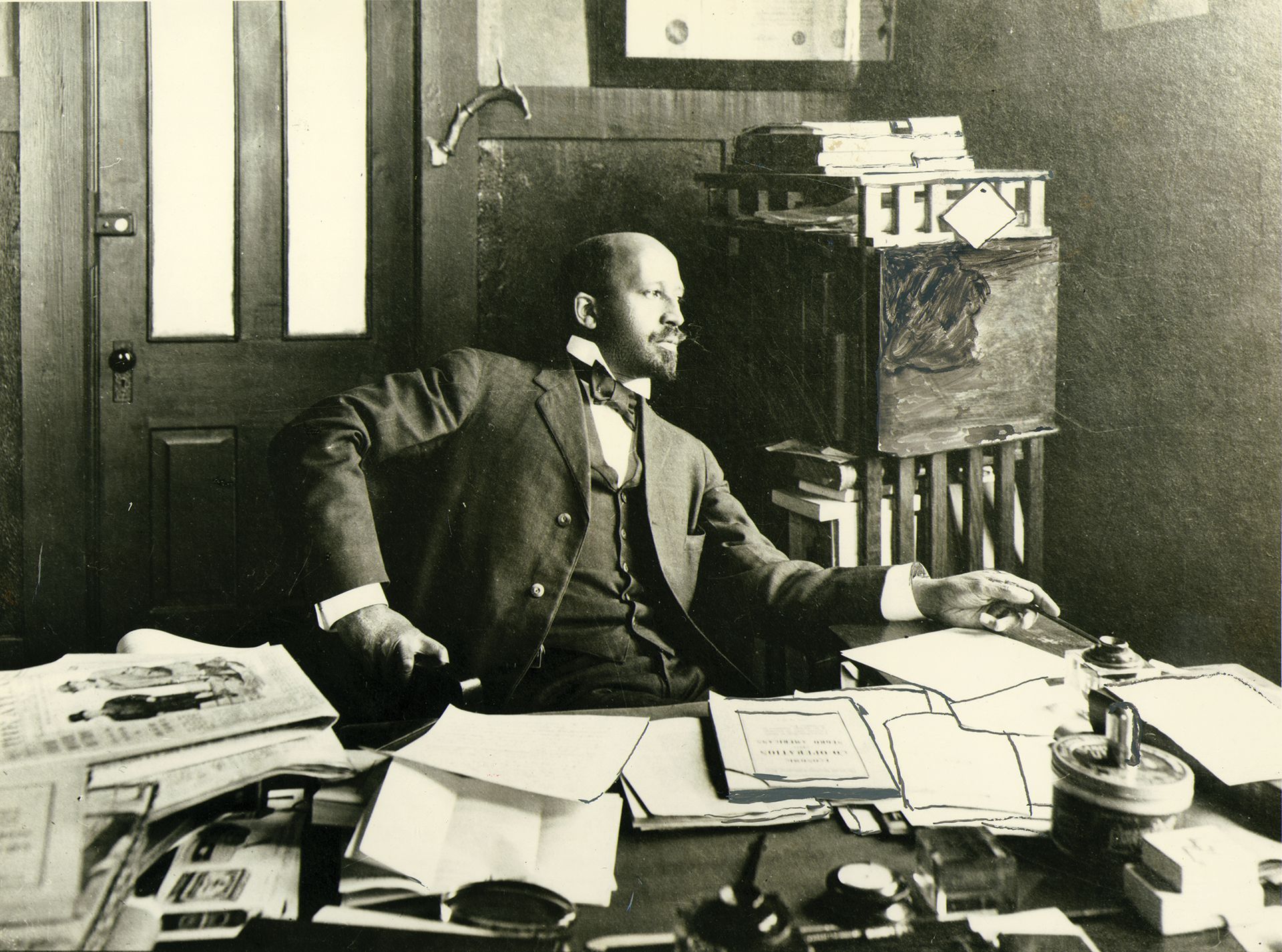W.E.B. Du Bois and Niagara Falls
W.E.B. Du Bois co-founded the Niagara Movement and wrote poetically about the Falls in a letter to his young daughter.
W.E.B. Du Bois was born in 1868, five years after the Emancipation Proclamation, in Great Barrington, Massachusetts. In 1895, he became the first African American to earn a Ph.D. from Harvard. He married Nina Gomer in 1896 and their daughter, Yolande, was born in 1900.
W.E.B. Du Bois, along with activist William Monroe Trotter, was one of the founders of the Niagara Movement. In 1905, the two men issued a “Call” to leading Black intellectuals from across the country to participate in a conference on the Canadian side of Niagara Falls. The goal was to “create and implement a civil rights platform.”
“The twenty-nine men and one teenage boy who […] join[ed] Du Bois at the […] Erie Beach Hotel in Ontario, on July 10, knew they were about to make history. It was ‘the beginning of a new epoch,’ Du Bois proclaimed.”
For days, the men outlined their immediate demands for civil rights, including an end to lynching, legal segregation, and voter disenfranchisement. The Niagara Movement was thus born, inspired by their proximity to Niagara Falls and “the ‘mighty current’ of protest they wished to unleash.”
Indeed, “PROTEST was at the heart” of the Niagara Movement. Du Bois developed this political stance of resistance in direct opposition to rival Booker T. Washington’s accommodationist stance. Ironically, Washington had sent a spy to report on the Niagarites--as they became known--but the spy looked for them in Buffalo, NY where the meeting was originally supposed to take place.
In 1909, Du Bois helped found the NAACP--which had been powerfully set in motion by the Niagara Movement. Around 1911, he penned an entire letter about Niagara Falls to his eleven-year-old daughter, Yolande. Perhaps he was recalling the excursion he took to the Falls toward the end of the first Niagara Movement conference in 1905. “Dear Yolande,” he wrote, “Of the things, my little girl must see, one of the wonderfulest is Niagara.”
He then described how the waters churning above the Falls “tremble […] as they fall” over “a great cliff,” “strike the cruel rocks […] below,” and then rise up “in a great quiet roar which for want of words we must call mighty.” Du Bois continued, describing in poetic detail the sights and sounds of the water that, in endlessly falling, creates and recreates the glory that is Niagara Falls.
For all his pioneering achievements, W.E.B. Du Bois was a mighty force of nature himself. He was a college professor, an author and poet, a civil rights activist, and one of the leading Black intellectuals of his time.
Hope L. Russell, Ph.D.


